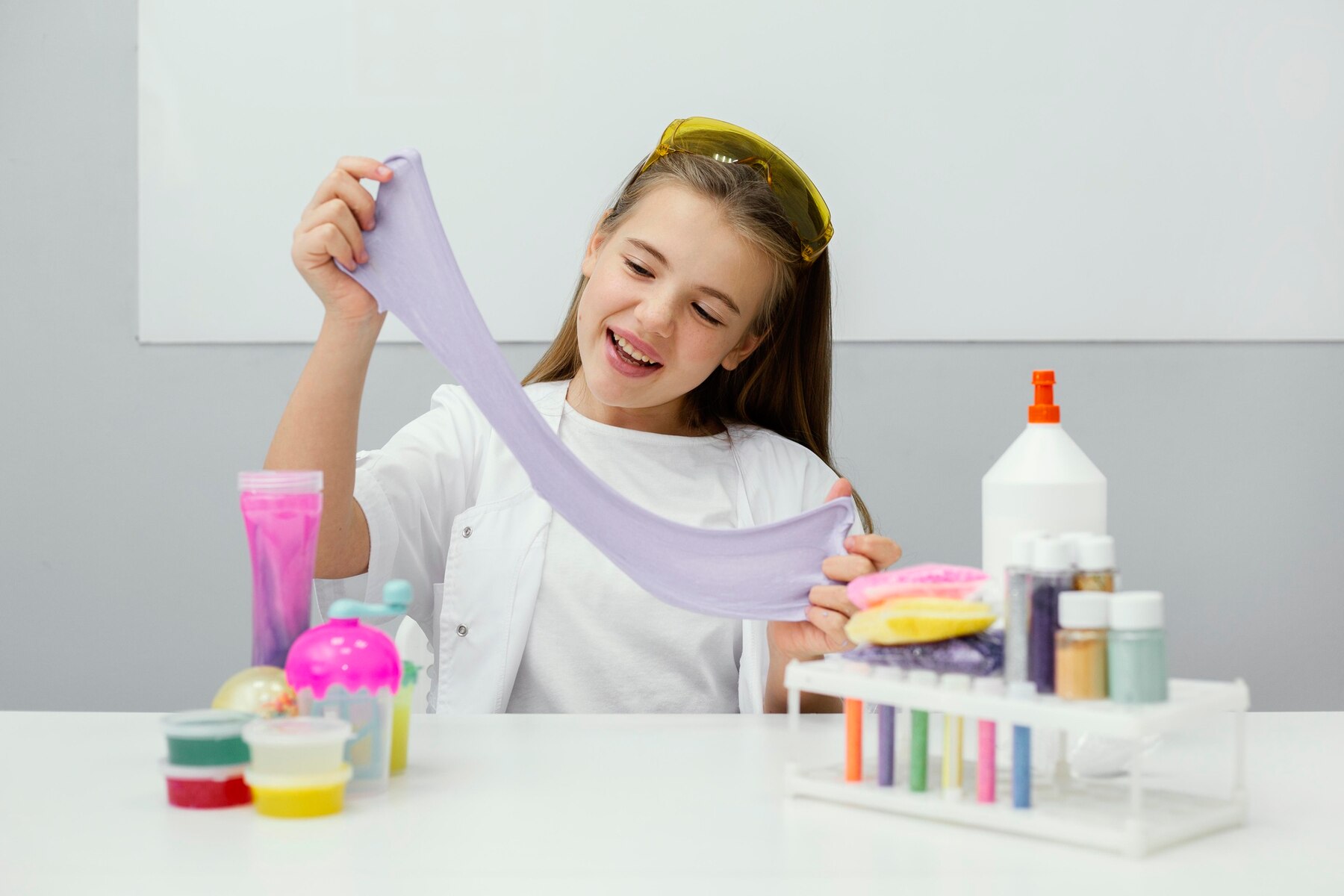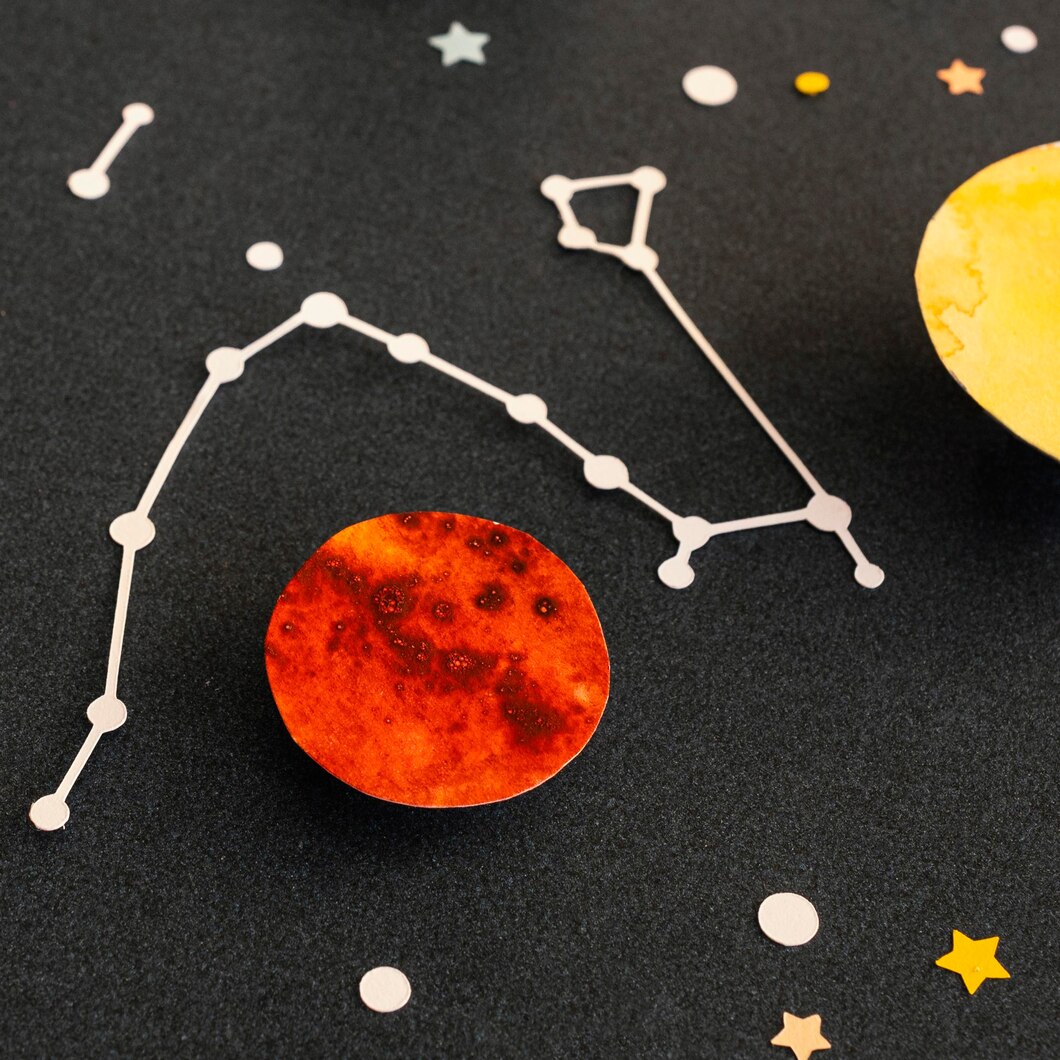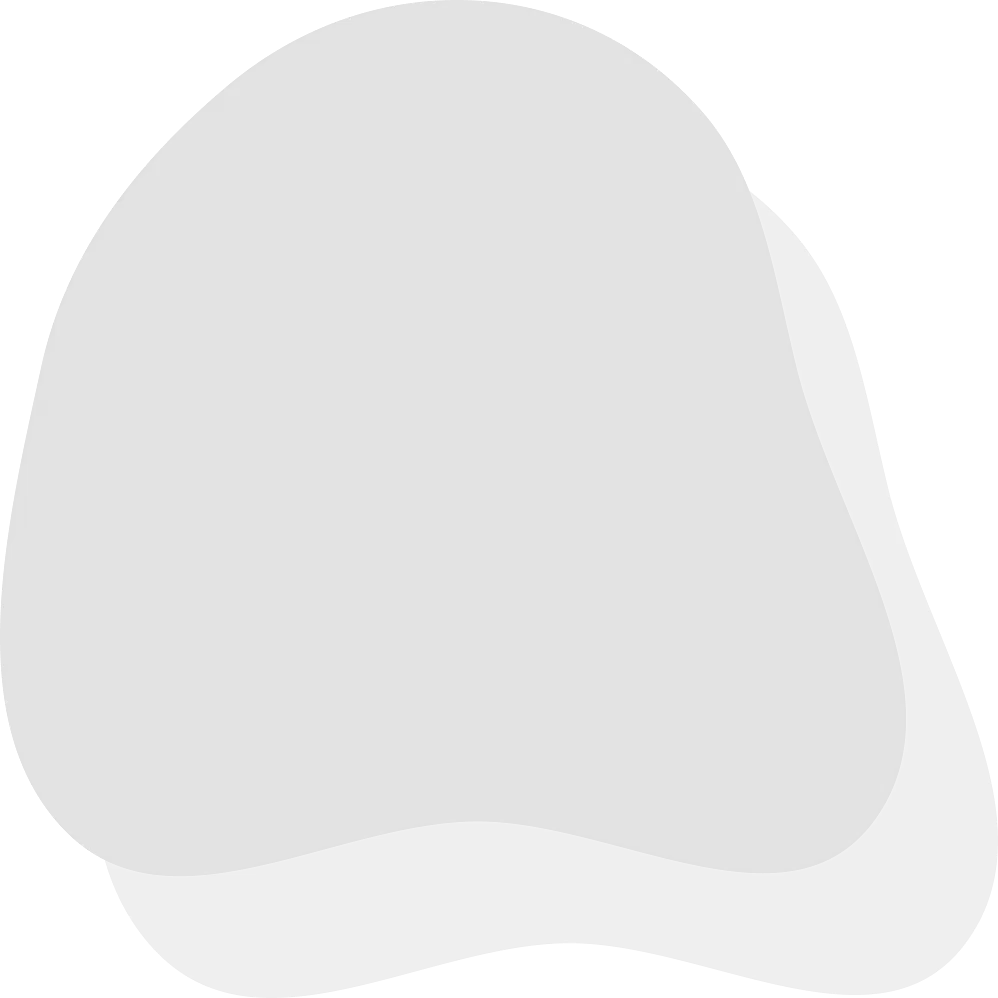Looking for fun and educational science experiments kids can do at home? Whether you're a parent, teacher, or curious caregiver, hands-on science activities are a fantastic way to keep kids engaged while learning something new. At DIY, we make science simple, exciting, and accessible for children of all ages with creative projects that spark real discovery.
Why Do Science Experiments at Home?
Science experiments aren’t just about fizz and fun (though those are great too!). They help kids:
Build critical thinking and problem-solving skills
Understand real-world scientific concepts
Stay curious and motivated to learn
Practice observation, prediction, and analysis
With just a few basic materials, kids can explore everything from biology to physics right from the kitchen table or backyard.
Top 10 Fun and Easy Science Activities for Kids
Here are 10 of our favorite experiments you can do at home with simple supplies with no lab coat required.

1. Make Slimy Slime
You’ll need: Shampoo, cornstarch, food coloring, water
Slime is a sensory favorite! Mixing these ingredients creates a gooey substance kids can squish, stretch, and shape while learning about chemical reactions and viscosity.
What kids learn: Chemistry basics, textures, cause and effect. Try the Slimy Slime Challenge
2. Create Your Own Robot Hand
You’ll need: Paper, straws, scissors, yarn or twine
Build a moving robot hand and learn how joints and tendons work. This simple engineering activity lets kids explore how human anatomy inspires robotic design.
What kids learn: Engineering principles, anatomy, motion mechanics 👉 Explore Robotics Projects
3. Make Gobbles (Soapy Balloons)
You’ll need: Balloons, liquid soap, towel, container of water
Dip a balloon in soap and water to see how surface tension creates bubbles and bounces. It’s a fun way to introduce physical science to young learners.
What kids learn: Surface tension, elasticity, sensory science

4. Draw Constellation Flashcards
You’ll need: Notecards, markers
Make stargazing a fun project by drawing constellations on flashcards. Use them to match with the night sky for your own astronomy lesson at home.
What children will learn; Astronomy, memory abilities, art + science combination. Find More Space Activities
5. The Bread Mold Experiment
You’ll need: Bread, zip-top bags, marker
Watch how mold develops over time to learn about microorganisms and why cleanliness is important. This biology experiment is great for teaching students to observe and be patient.
What kids learn: Biology, cleanliness, scientific method
6. Draw a Food Web
You’ll need: Paper, pen or marker
Explore ecosystems by mapping out who eats what. A food web activity helps children understand how animals, plants and people are all linked together.
What kids learn: Ecology, energy transfer, food chains. Explore Nature and Wildlife Projects

7. Demonstrate Capillary Action
You’ll need: Paper towels, food coloring, clear cups
See how the colored water moves up through the paper towel. It is a pretty way to show capillary action and teach about water characteristics.
What kids learn: Water science, absorption, basic physics
8. Dissect a Flower
You’ll need: Flower, paper, pencil
Take flower apart to see its structure from petals to pistils. This practical botany activity makes plant science real and interesting.
What kids learn: Plant anatomy, reproduction, pollination. Discover More Biology Challenges
9. Experiment with Light
You’ll need: Transparent bottle, paper, mirrors
Use everyday things from home to reflect and bend light. This activity demonstrates how light acts when it touches various surfaces.
What kids learn: Reflection, refraction, light science
10. Build a Wildlife Habitat
You’ll need: Wood scraps, glue, nails (or recycled materials)
Encourage kids to help local wildlife by building a small animal shelter like a birdhouse or bug hotel.
What kids learn: Environmental science, conservation, hands-on building. Try the Build a Habitat Challenge
Why Parents and Teachers Love DIY Science Projects
DIY is more than a website, it's a community where kids build confidence through real-world projects. Our science challenges are:
Age-appropriate and guided by educators
Easy to do with household items
Designed to grow curiosity and independence
Whether you're homeschooling, supplementing school learning, or just looking for rainy-day inspiration, DIY offers hundreds of creative learning experiences.
Explore More Science Experiments on DIY
Ready for more? Browse DIY’s science activities for kids aged 5–16. From robotics to chemistry, we’ve got hands-on challenges that turn screen time into discovery time. Join DIY today and unlock a world of curiosity!



